Testosterone – the quintessentially male hormone. What guy doesn't want more of it?
Well, there definitely is such a thing as too much testosterone, but that's not a problem faced by modern men. On the contrary, the public is bludgeoned with endless news reports about how testosterone levels and sperm counts are dropping precipitously. Scientists claim to not know why, but the why isn't your problem. All you have to do is fight back, and keep your own T levels high.
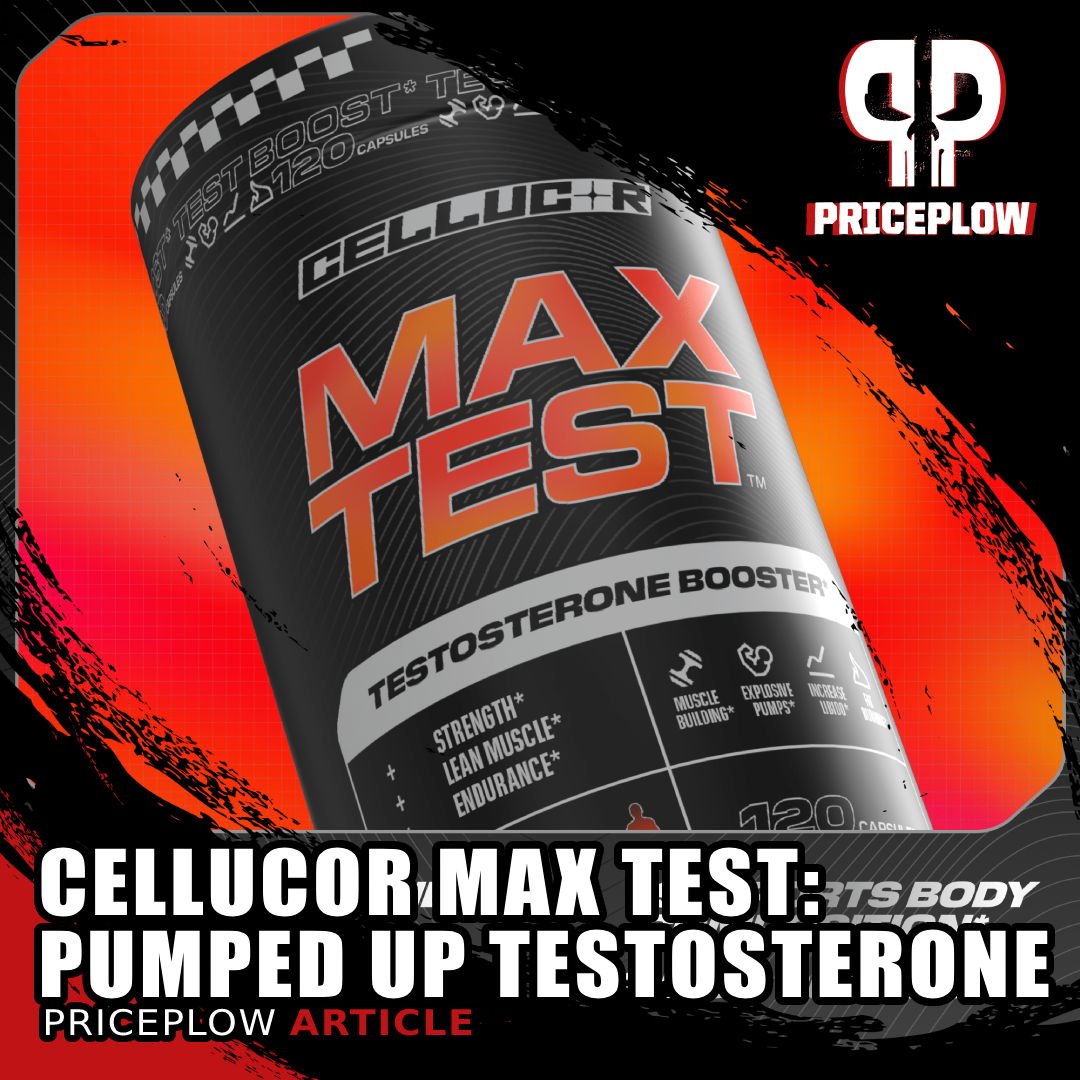
Cellucor Max Test is a new multi-purpose testosterone booster from Nutrabolt that has Tesnor and longjack for test, PeptiPump, nitrates, and hesperidin for blood flow, Chromax for body composition, and much more!
And that's exactly what Cellucor Max Test is designed to help you do.
Cellucor Max Test: Pump Up Your Test with Tesnor and Better Blood Flow
Part of Cellucor's 3 new capsule supplements, Max Test has a great combination of four things:
- Natural testosterone boosters (Tesnor, longjack)
- Blood flow support (PeptiPump, arginine nitrate, Cardiose hesperidin)
- Estrogen balance (DIM)
- Body composition (Chromax chromium picolinate)
- Cortisol control and vitality (Rhodiola)
We've seen a lot of this, but definitely not all together in one great formula. The headline here is Tesnor, one of the most promising novel ingredients we've seen in a very long time, but the pumped-up supporting cast is what Cellucor's uniquely bringing to the table.
Let's get into how it works, but first, check the PricePlow news and deals:
Cellucor Max Test – Deals and Price Drop Alerts
Get Price Alerts
No spam, no scams.
Disclosure: PricePlow relies on pricing from stores with which we have a business relationship. We work hard to keep pricing current, but you may find a better offer.
Posts are sponsored in part by the retailers and/or brands listed on this page.
Cellucor Max Test Ingredients
In a single 4 capsule serving of Cellucor Max Test, you get the following:
-
Arginine Nitrate (as NO3-T) – 1,000 mg
Look at Cellucor's Max Test Ingredients -- with this level of blood flow support, we recommend taking it pre-workout if you can (and at similar times on your rare rest days)
Max Test kicks it off not with testosterone support, but with blood flow improvements, thanks to arginine nitrate, an ingredient long used by Cellucor. Let's analyze both halves:
Arginine is the direct precursor to nitric oxide (NO),[1] a gaseous molecule that signals your arterial smooth muscle to relax. This process, which expands the diameter of your arteries, is called vasodilation, and it leads to drops in heart rate and systemic vascular resistance[2] – this NO-driven increase in cardiovascular efficiency can translate into significant benefits for athletic performance and recovery.[3]
The other half of the molecule, nitrate, confers similar benefits – when dietary nitrates are consumed, bacteria in your mouth chemically reduce those nitrates to nitrites, which, when commingled with saliva, pass into your stomach where they get converted into NO by enzymes like salivary peroxidase.[4-6]
Research shows that nitrate-driven NO upregulation has the following effects:
- Improved blood flow[7]
- Higher aerobic efficiency[7-10]
- Greater strength[11,12]
- Increased cellular energy output[12-14]
Nitrates are great because you don't need massive doses -- with two capsules worth, we already have some incredible pumps, making this worth taking pre-workout! But we're not done yet:
-
Cardiose Sweet Orange (Citrus sinensis) peel extract (std. 2S-Hesperidin) - 500mg
Hesperidin is a flavanone glycoside, a class of flavonoid antioxidant that can be found in a wide variety of citrus fruits. Oranges of all species, and citrus fruits in general, are particularly rich sources of hesperidin.[15]
Peer-reviewed research has demonstrated that hesperidin can increase blood flow by the same mechanism as arginine – increased NO synthesis.[17,18] This flavanone has such a palpable effect on blood microvessel function that it can noticeable improve facial color in people with conditions that involve skin discoloration,[18] and also raise the surface temperature of skin.[19] When you consider these two facts in combination, it becomes apparent that hesperidin has a strong vasodilatory effect.
The mechanism of action is your body's conversion of hesperidin into hesperetin, a metabolite that actually triggers endothelial nitric oxide synthase (eNOS) to generate more NO within your arteries.[17]
With blood flow pumped up (and still PeptiPump to come), we can now get into the feel-good, cortisol control part of the formula:
-
Rhodiola rosea Root Extract (std. 3% Salidrosides) – 300 mg
Rhodiola rosea contains a number of powerful bioactive constituents. Although the discussion of this plant has traditionally focused on its rosavins, it contains another class of compounds, called salidrosides, which the latest evidence suggests are even more potent.[20,21]
At 3% salidrosides by weight, we would definitely consider this to be a high-salidroside extract of Rhodiola – we typically only see salidroside concentrations around 1%!
Rhodiola: Our favorite feel-good herb with some additional workout boosting properties, thanks to the salidroside inside. Image courtesy Wikimedia
Salidroside supplementation can do some really amazing stuff. Here's just a partial list of the benefits you can expect to see from these amazing compounds:
- More efficient memory consolidation[22]
- Increased autophagy, the process of cellular self-renewal[23]
- Higher cellular oxygen uptake[24]
- Upregulation of dopamine, adrenaline, noradrenaline, and serotonin[20]
- Downregulation of monoamine oxidase (MAO), an enzyme that breaks down neurotransmitters like dopamine, serotonin, and norepinephrine[25]
- Increased neuropeptide Y expression[23]
When taken long-term, the benefits of salidrosides can compound over time, leading to improvements in:
- Cognition[22]
- Anxiety and stress[26]
- Mood[26]
- Severity of depressive symptoms[27]
- Feelings of mental and physical fatigue[28,29]
- Athletic performance[30]
- Appetite control[31]
- Glycemic control[32]
There's a huge industry trend towards salidroside-rich Rhodiola species and extracts, and there's an excellent reason for that. Major props to Cellucor for getting this one right by opting for a high-salidroside ingredient.
-
Tesnor Cacao (Theobroma cacao) seed extract and Pomegranate (Punica granatum) Fruit Peel Extract – 200 mg
Pomegranate and cocoa are widely regarded as superfoods, and can profoundly improve performance, health, and well-being in several ways. They're both known to enhance recovery from exercise, improve blood circulation, and provide a range of metabolic and physical benefits.[33,34]
Tesnor is a proprietary blend of extracts from these two plants, which has been standardized for the most powerful bioactive constituents of each. So far, there have been two randomized controlled trials by the manufacturer that indicate it can increase muscle growth in young men, and significantly improve biomarkers of aging in older men.[35-37]
Tesnor study #1
Towards the end of the trial, Tesnor really started kicking in.[35] This means you may need to run two bottles.
In the first study, 120 men between the ages of 21 and 35 took one of three treatment conditions for 56 days:[36]
- 200 mg Tesnor
- 400 mg Tesnor
- Placebo
In this study, both Tesnor groups – the high-dose group and the low-dose group – exhibited substantial rises in serum free testosterone, grip strength, and muscle growth compared to the placebo group.[36]
- The 200 mg dose of LN18178 increased free testosterone levels by 13.74% from baseline, while the 400 mg dose increased it by 25.29%.[36]
- Total testosterone levels increased by 6.18% for the 200 mg group and 18.86% for the 400 mg group.[36]
- Additionally, the 400 mg group showed significant increases in hand grip strength and mid-upper arm circumference.[36]
A big part of the benefit here seems to be Tesnor's ability to reduce cortisol, a glucocorticoid stress hormone that's generally antagonistic to the action of testosterone. Plus, many of the antioxidant compounds in Tesnor are known to inhibit aromatase, an enzyme that converts testosterone to estrogen.[36]
Tesnor study #2
The second study, a randomized, double-blind, placebo-controlled study,[37] examined the effects of Tesnor on aging males (36-55 years). The study found that Tesnor significantly improved testosterone levels, reduced symptoms of aging (measured by the aging male symptoms or AMS scale), and enhanced muscle strength and overall well-being after 56 days.
Participants also experienced reduced stress levels, which is consistent with the idea that Tesnor could be significantly reducing cortisol.
The study found that Tesnor was well-tolerated, with no significant adverse effects. We take this study as strong evidence that Tesnor is a safe and effective nutraceutical option for improving physical, sexual, and psychological health in aging men.
Mechanisms of action
The antioxidant, anti-inflammatory, and immunomodulatory effects of Tesnor's constituents undoubtedly contribute to the overall improvement in physical, psychological, and sexual well-being seen in these studies by reducing oxidative stress and inflammation, which are often associated with aging and decreased testosterone levels.
But more specifically, the two studies call out these four testosterone-boosting mechanisms of action:[36,37]
- Activation of Steroidogenesis – the bioactive constituents in Tesnor appear to increase testosterone production by enhancing steroidogenesis in Leydig cells, which are the testicular cells responsible for producing testosterone. This is achieved through activation of the enzyme CYP17A1, which plays a critical role in the biosynthesis of androgens, including testosterone.[36,37]
- Inhibition of Aromatase Activity – they also inhibit aromatase,[36] an enzyme that converts testosterone into estradiol (a form of estrogen). By reducing this conversion, more of the testosterone synthesized by your Leydig cells remains available in the body.
Cellucor is back with three powerfully-formulated capsule-based supplements: Max Test, Super Shred, and the stimulant-free Super Thermo
- Increase in cAMP Levels – theobromine, a key component of cocoa, inhibits an enzyme called phosphodiesterase,[38] which leads to increased levels of cyclic AMP (cAMP). Higher cAMP levels enhance the transport of cholesterol into mitochondria within Leydig cells,[39] promoting the production of testosterone – cholesterol is a key molecular precursor to testosterone.
- Reduction of Oxidative Stress – he polyphenols in pomegranate, particularly punicalagins, have been shown in numerous studies to possess potent antioxidant properties that reduce oxidative stress in the testes.[40] By mitigating oxidative damage, Tesnor can help maintain healthy testosterone levels.
Tesnor isn't a super common ingredient – yet. As discussed, some high-quality studies strongly suggest that Tesnor has major unrealized market potential as an androgenic nutraceutical. Its antioxidant properties, steroidogenesis activation, and aromatase inhibition make it a powerful tool for enhancing physical, sexual, and psychological well-being, particularly in aging males.
-
LJ100 Longjack (Eurycoma longifolia) root extract – 200 mg
Eurycoma longifolia, colloquially referred to as tongkat ali or longjack, is a long-time supplement industry staple – it's been showing up in all kinds of testosterone-boosting formulas, from gas-station-exclusive products to premium big-brand stuff, for decades. And as it turns out, longjack's history goes way further back than dietary supplements – it's been used for centuries as an aphrodisiac in traditional folk medicine systems.[41]
In one randomized, double-blind, placebo-controlled study, 109 healthy men took either 300 mg longjack or a placebo for 12 weeks. The research team used several questionnaires to track the men's libido throughout the study period, and discovered that the longjack group experienced a 14% boost to libido on average.[42] Biopsies revealed that they also had a 44% increase in sperm motility.[42]
While we don't quite have a 300 mg dose in Cellucor Max Test, according to a 2022 meta-analysis of the longjack research literature, doses as low as 100 mg are consistently shown to boost testosterone in most men. One especially important finding in this review was that the effect occurs in both hypogonadal (low-testosterone) and eugonadal (normal or high-testosterone) men.[43]
Besides boosting testosterone, longjack is also packed with potent antioxidant compounds, which have demonstrated anxiolytic, anti-diabetic, and anti-proliferative effects.[41]
The primary testosterone-boosting bioactive compound in longjack is a triterpene metabolite called eurycomanone, which seems to facilitate the testicular conversion of cholesterol into pregnenolone.[44] Since pregnenolone is the fundamental building block for all steroid hormones, including testosterone and its metabolites like dihydrotestosterone (DHT), leveraging this mechanism is a powerful strategy for optimizing hormonal health.
Pregnenolone upregulation is particularly safe, due to the fact that pregnenolone is governed by all the secondary feedback mechanisms in the steroid hormone synthesis pathway – so upregulating pregnenolone is highly unlikely to create the hormonal problems usually associated with exogenous testosterone use.
Pregnenolone is the starting point of all steroid and neurosteroid synthesis.[45] Annotation in red ours.
Additionally, eurycomanone appears to increase the activity of luteinizing hormone (LH), which plays an indispensable role in helping the hypothalamic-pituitary axis synthesize testosterone.[46]
-
PeptiPump Bioactive Lentil (Lens culinaris) Peptides – 200 mg
The hottest trend in supplements right now is peptides – more specifically, AI-driven peptide research.
Nutrabolt has announced what PeptiPump is inside of the new C4 Gen5 series (and now Cellucor Max Test as well). What is it?! An ACE Inhibitor peptide network!
Peptides are messengers in the body, which can help beneficially reprogram your physiology. If you think of your body as a computer, peptides are sort of like software. The right peptides can give your body the instructions it needs to carry out important functions like cellular growth and repair, making them a powerful addition to the toolkit of biohackers, athletes, and health-conscious folks.
Every food contains peptides in trace amounts that, when concentrated to sufficiently large doses, can theoretically have powerful effects on human physiology. Since a single food is liable to contain hundreds of different peptides, the biggest obstacle to this process is how to separate the wheat from the chaff, and hone in on the ones that are likely to have bioactive effects.
Irish biotech company Nuritas has been doing exactly that, feeding huge food-derived peptide data sets into computers that are powerful enough to identify candidates for future testing using Nuritas' Magnifier AI platform. Nuritas made huge waves with their first offering in this category, a highly anabolic fava bean peptide branded as PeptiStrong, which is both backed by amazing data and beloved by consumers and PricePlow staff alike.
The new Pump peptide first seen in the new C4 Ultimate series
First offered in the new 2024 C4 Gen5 Pre-Workout series, PeptiPump is the latest offering from Nuritas, and it looks very promising. Just like PeptiStrong is their muscle-building peptide, PeptiPump is their pump peptide – a set of biological instructions that can have incredibly beneficial effects on the cardiovascular system.
The primary mechanism of action here is angiotensin converting enzyme (ACE) inhibition, which can improve blood flow by blocking the conversion of angiotensin I to angiotensin II, a potent vasoconstrictor.[47] Reduced levels of angiotensin II lead to vasodilation, a widening of blood vessels that decreases blood pressure and increases blood flow to tissues,[48] including muscles during exercise. When muscular oxygen and nutrients are delivered more efficiently thanks to vasodilation, athletic performance and recovery tend to improve in a big way.
The new 2024 C4 Series is here from Nutrabolt, with a new C4 formula, new pump ingredient named PeptiPump, and a total of 7 pre-workout supplements!
Although researchers have long been discussing the possibility that food-derived peptides could be used in this application,[49-51] there's one big (and familiar) challenge in doing so – the bioavailability of those peptides. Since the stomach is, among other things, a big engine for hydrolyzing (breaking down) protein, peptides have a tough time transiting the stomach intact,[52,53] which means you'll need a special ACE-inhibiting peptide to fulfill this role. Apparently, that's exactly what Nuritas discovered in lentils with their AI platform – their claim is that the peptides which make up PeptiPump have been shown to survive gastrointestinal digestion.
The cherry on top, according to Nuritas, is that PeptiPump doesn't even just improve blood flow. It also is an activator of the mammalian target of rapamycin (mTOR), one of your body's key anabolic switches.
Vasodilatory and anabolic effects from the same ingredient? Sign us up! We couldn't be more excited for PeptiPump, especially considering how effective and successful PeptiStrong was.
Stay tuned for a long-form science article about this one, here at the PricePlow Blog.
-
3,3 Diindolylmethane (DIM) – 100 mg
Diindolylmethane (DIM) is derived from Indole-3-carbinol (I3C), a compound found in cruciferous vegetables such as broccoli, kale, and cauliflower.[54] In the human body, DIM is usually formed in the digestive system,[11,12] but supplementation is possible with products like Kaged Test.
DIM is known for its ability to inhibit aromatase, the enzyme that converts testosterone into estradiol.[55] This action is primarily due to DIM's interaction with the aryl hydrocarbon receptor (AhR),[56] which, when activated, opposes estrogen receptors.
In addition to balancing the testosterone-to-estrogen ratio, DIM promotes the production of beneficial estrogens over harmful ones. Specifically, DIM boosts the synthesis of 2-hydroxylated estrogens while reducing 16-hydroxylated and 4-hydroxylated estrogen production,[57-60] which is advantageous because 2-hydroxylated estrogens are associated with various health benefits,[61,62] whereas the 16- and 4-hydroxylated forms are linked to negative health outcomes.
For instance, 2-hydroxylated estrogens are associated with reduced body fat and increased muscle mass.[63]
-
Senactiv Panax notoginseng Root Extract and Rosa roxburghii Root Extract – 50 mg
In order to understand what Senactiv does and how it can benefit our health, we should spend a little bit of time talking about cellular senescence.
Cellular senescence is a state in which cells permanently stop dividing in response to various stressors, such as DNA damage or oxidative stress. While senescence is a natural process that helps prevent the proliferation of damaged cells, it ultimately contributes to aging and age-related diseases, as senescent cells cannot replace themselves with younger, healthier cells.[64] To make matters worse, senescent cells gradually fall into a state of terminal disrepair, they secrete inflammatory molecules and other injurious factors, which are collectively known as the senescence-associated secretory phenotype (SASP).[65] The SASP can seriously damage surrounding tissues by promoting chronic inflammation.
One strategy for fighting this degenerative process is the application of senolytic compounds. As implied by the name senolytic, which literally translates to "breaking down of the old," these substances selectively target and eliminate senescent cells, thus decreasing the severity of SASP-mediated inflammation, and potentially delaying or even reversing aspects of aging. Studies in animal models have shown that senolytics can improve physical function, extend lifespan, and reduce the incidence of age-related diseases.[66]
Senactiv is a nutraceutical senolytic, and it's got a lot of really compelling data behind its use. To date, four human trials and two animal studies have been done on the bioactive compounds in Senactiv.[67-72] In one of these studies, human subjects who supplemented with Senactiv's ginseng-derived bioactives showed less muscle damage, faster glycogen synthesis, and decreased inflammation post-workout than a placebo group. Furthermore, time to exhaustion at 80% VO2max increased by a very impressive 20%.[67]
-
Vitamin D (as Cholecalciferol) – 62.5 mcg (313% DV)
Cholecalciferol (vitamin D3) is the form that your skin actually makes when exposed to direct sunlight.[73] No surprise, then, that cholecalciferol is the most biologically active form of vitamin D in the human body.
This pre-workout powerhouse features a clinically-supported dose of creatine to amplify power output, maximize muscle strength gains, and accelerate recovery. Dominate your workouts and push your limits with C4 Ultimate Strength.
Vitamin D itself is actually more like a hormone than a vitamin – it's a known hormone regulator that has the two-fold capacity to:
- decrease the activity of aromatase, an enzyme that converts testosterone into estrogen,[74] and
- directly stimulate the body to synthesize more testosterone.[75,76]
To put it even more simply, men with higher serum vitamin D levels also tend to have high testosterone levels.[75]
In one double-blind, randomized, placebo-controlled study from 2011, men who were supplemented with 3,332 IU of vitamin D3 experienced a whopping 25% increase in total testosterone, and an also impressive 20% increase in free testosterone. By contrast, the placebo group experienced no significant changes in either metric.[76] Admittedly, the 62.5 microgram or 2500 IU dose of Vitamin D3 we have in Max Test isn't quite that big, but it's close enough.
Suggestion: Take Vitamin K2 with D3
However, PricePlow strongly recommends taking vitamin D3 with vitamin K2 in order to reap the maximum benefit with the best safety profile. While vitamin D3 helps your body absorb calcium, generally a good thing since calcium is essential for bone health, this has the potential to be problematic: surplus calcium can accumulate in arteries rather than bones, which is definitely not what we want. Vitamin K2 (and its backbone component, geranylgeraniol) solves this problem by activating proteins that deposit calcium in your bones and teeth, reducing the risk of arterial calcification and supporting cardiovascular health.[77]
-
Chromax Chromium (as Chromium Picolinate) — 200 mcg (571% DV)
Chromium is a vital mineral that enhances the efficiency of insulin's cellular communication, aiding the body in managing glucose effectively.[78-80] Given that disruptions in the glucose-insulin communication pathway are linked to adverse health effects, ensuring healthy insulin responsiveness is essential for maintaining normal metabolic health.[81]
A 2014 meta-analysis, which reviewed 25 studies, highlighted that chromium supplementation can enhance glycemic control, with a particular emphasis on the benefits of chromium picolinate.[82] Nutrition21's Chromax provides this form of chromium, which has demonstrated superior bioavailability compared to other tested forms.[83]
Research indicates that chromium supplementation, even at doses as low as 200 micrograms and 400 micrograms,[84,85] can positively affect body composition -- and if you stack it with one of the other Cellucor capsule supplements, you'll get to that 400 microgram dose!
Furthermore, chromium supplementation may help reduce appetite and cravings for fatty foods[86] and carbohydrates.[87] Additionally, evidence suggests that chromium can improve mood-related indicators.[87,88]
So why does this matter for a test-boosting formula? Well, insulin resistance can negatively impact testosterone levels! When the body becomes resistant to insulin, it compensates by producing more insulin, leading to hyperinsulinemia. Elevated insulin levels can upregulate aromatase, an enzyme that converts testosterone into estrogen, thereby reducing testosterone levels.[89] Additionally, insulin resistance is often associated with obesity and inflammation, both of which can absolutely destroy testosterone production.[90]
Dosage and Directions
Cellucor recommends taking one serving (4 capsules) daily, preferably with food, and preferably for 8 consecutive weeks.
Given the nitric oxide support inside, if you're taking it on a training day, take it with your pre-workout meal!
Conclusion: Max Test Seemingly Does it All
This is a solid testosterone-boosting formula, with some nice support for insulin sensitivity and vasodilation, which are both indirectly very important for achieving and maintaining high testosterone levels. The appearance of Tesnor is particularly exciting – this is one of the most promising T-booster ingredients we've seen in a long time, based on extracts sourced from true superfoods.
In general, pomegranate, which is one of two sources for Tesnor, is an under-utilized source of botanical extracts. Supplement formulators would do well to lean more heavily on this incredible fruit, whose benefits for hormonal and cardiovascular health are possibly unsurpassed by any other food.
Finally, the coolest thing about this formula is the use of PeptiPump, which NutraBolt seems to be making something of a theme since it also showed up in one of the new-and-improved C4 formulas that we covered back in March of this year.
Remember, this is only one of three capsule supplements launched by Cellucor in Summer of 2024 -- it's great to see Cellucor back in action!
Cellucor Max Test – Deals and Price Drop Alerts
Get Price Alerts
No spam, no scams.
Disclosure: PricePlow relies on pricing from stores with which we have a business relationship. We work hard to keep pricing current, but you may find a better offer.
Posts are sponsored in part by the retailers and/or brands listed on this page.
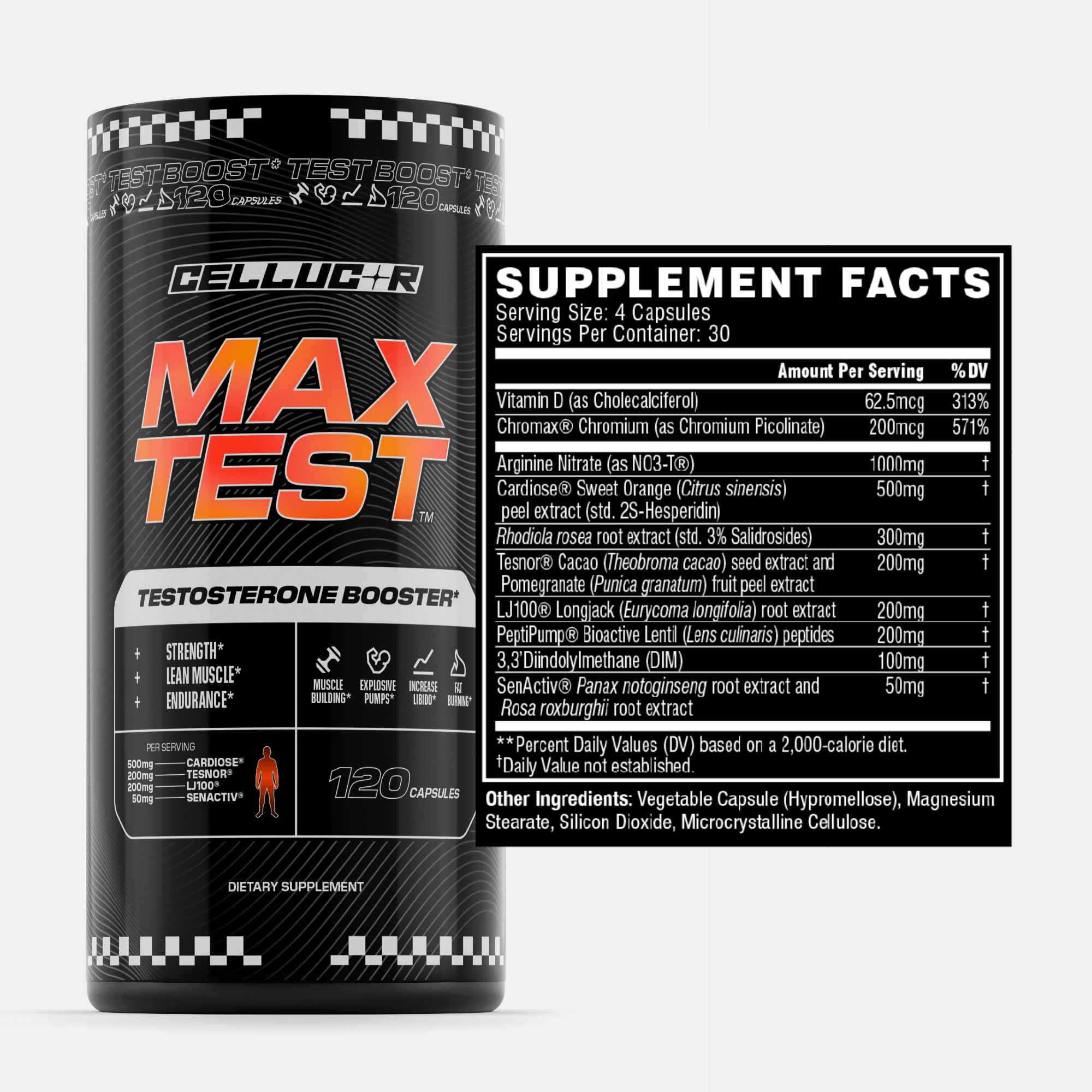
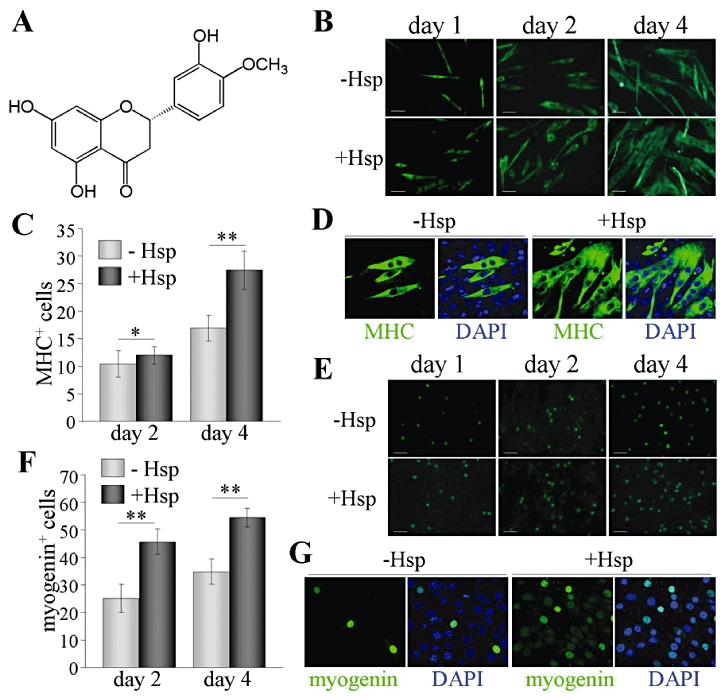
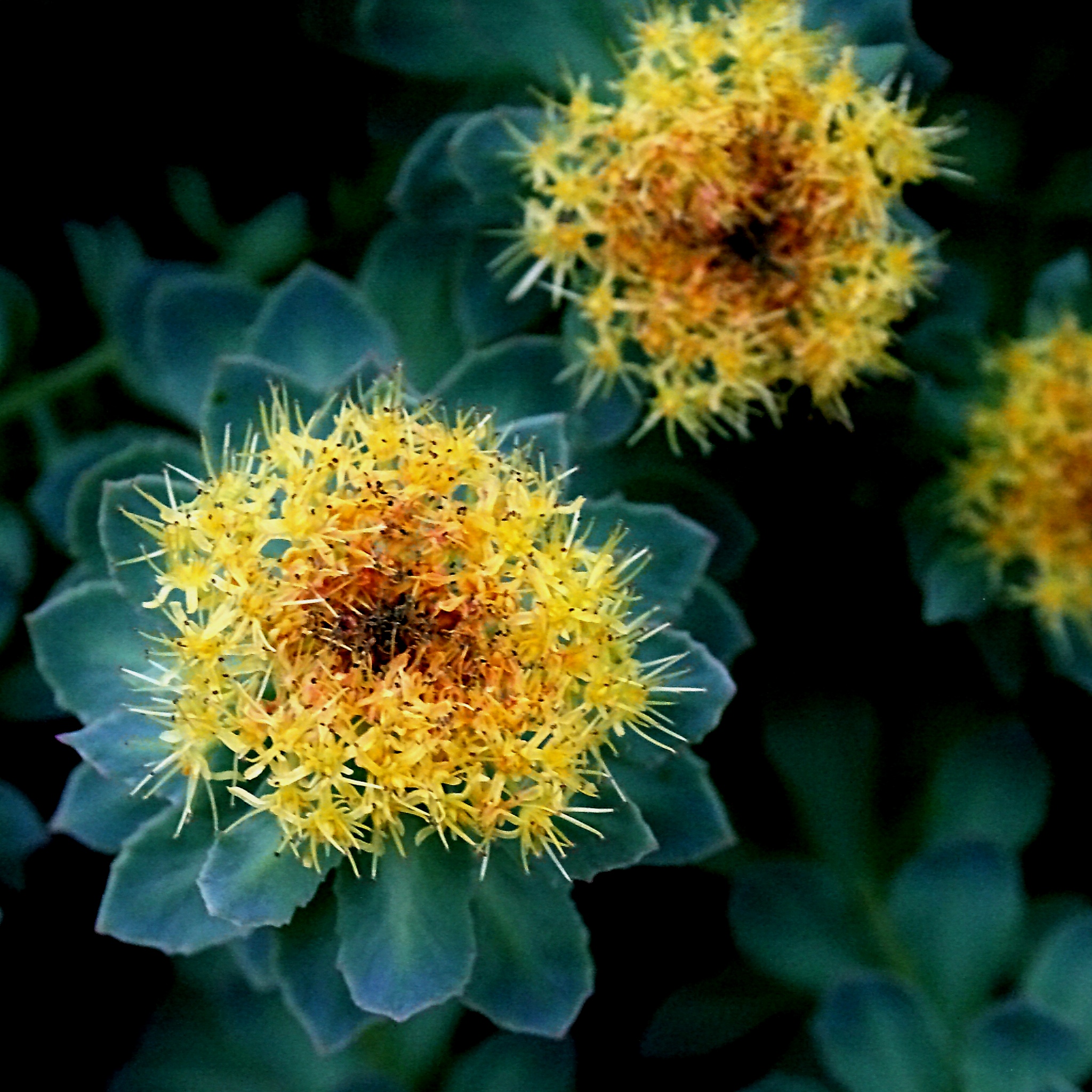
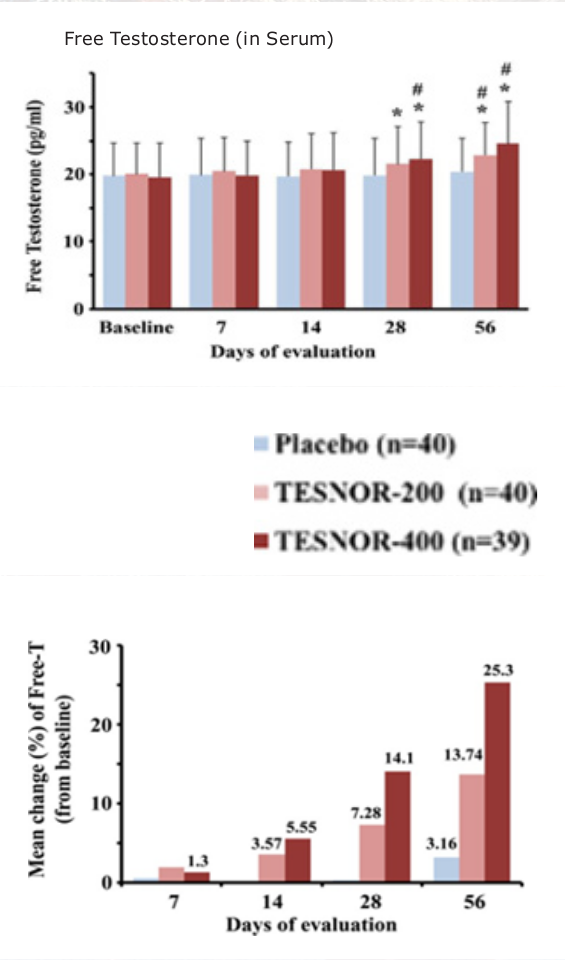
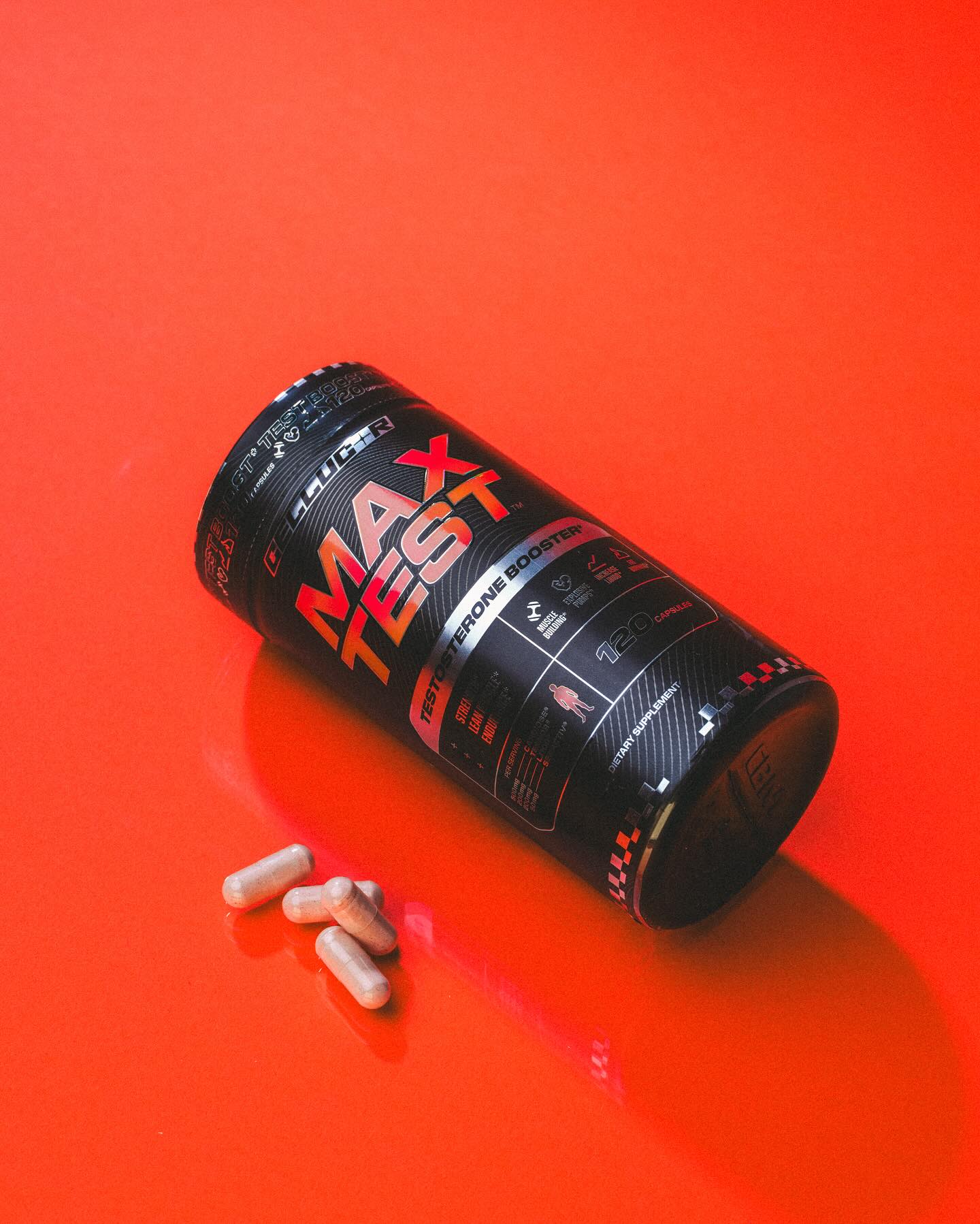
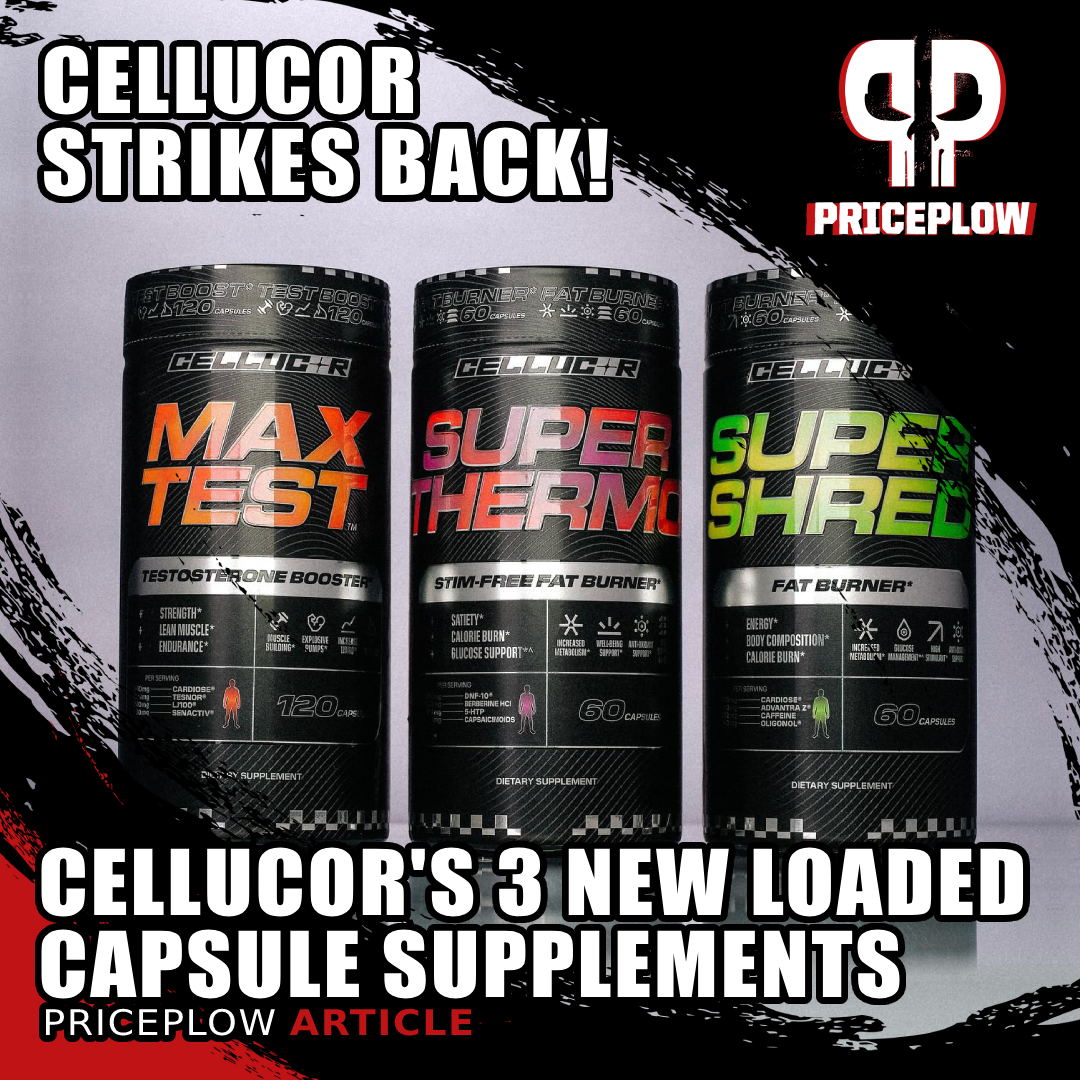
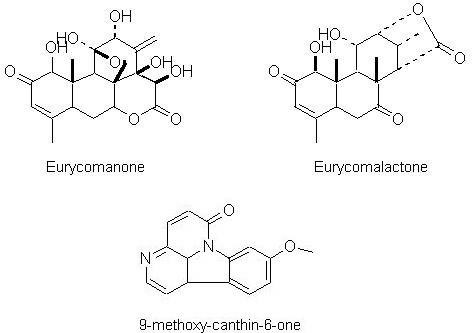
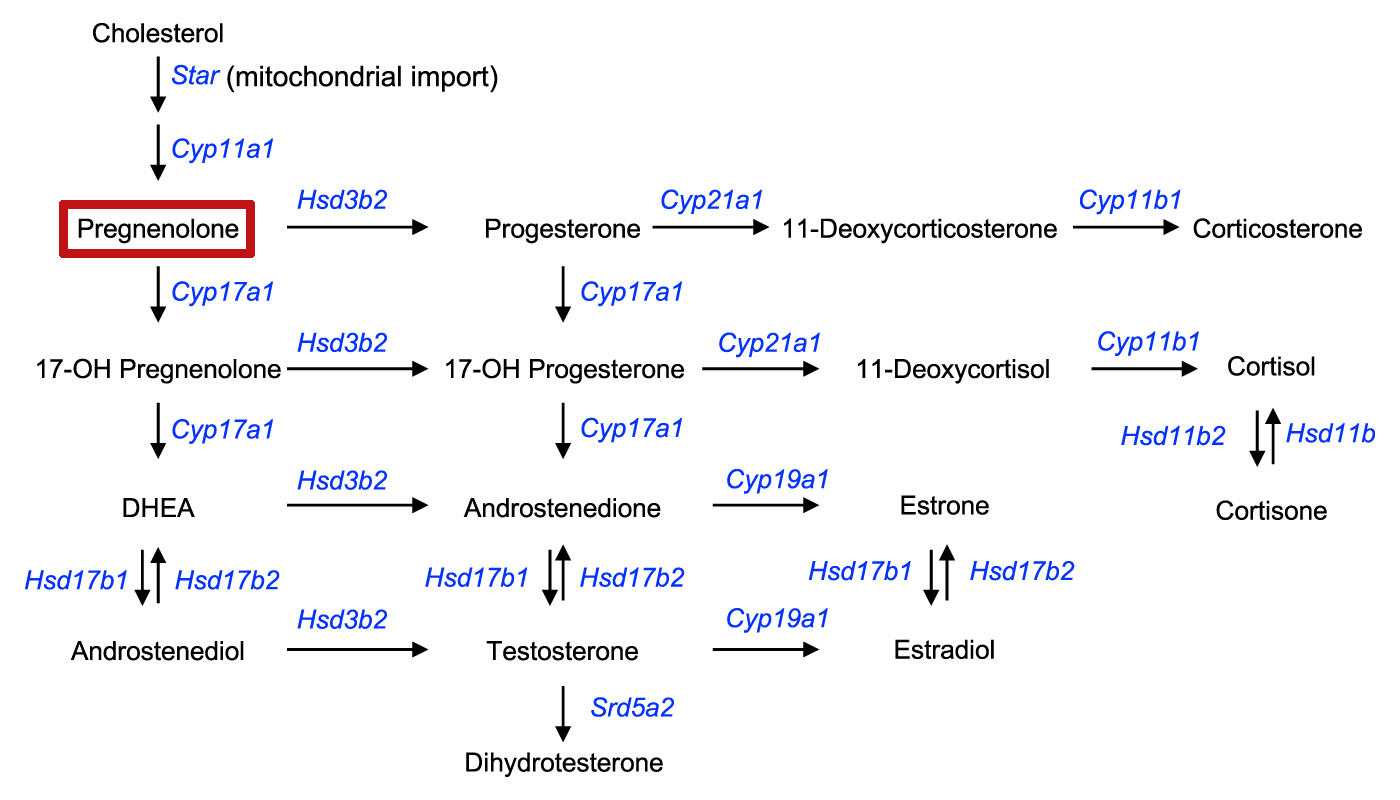
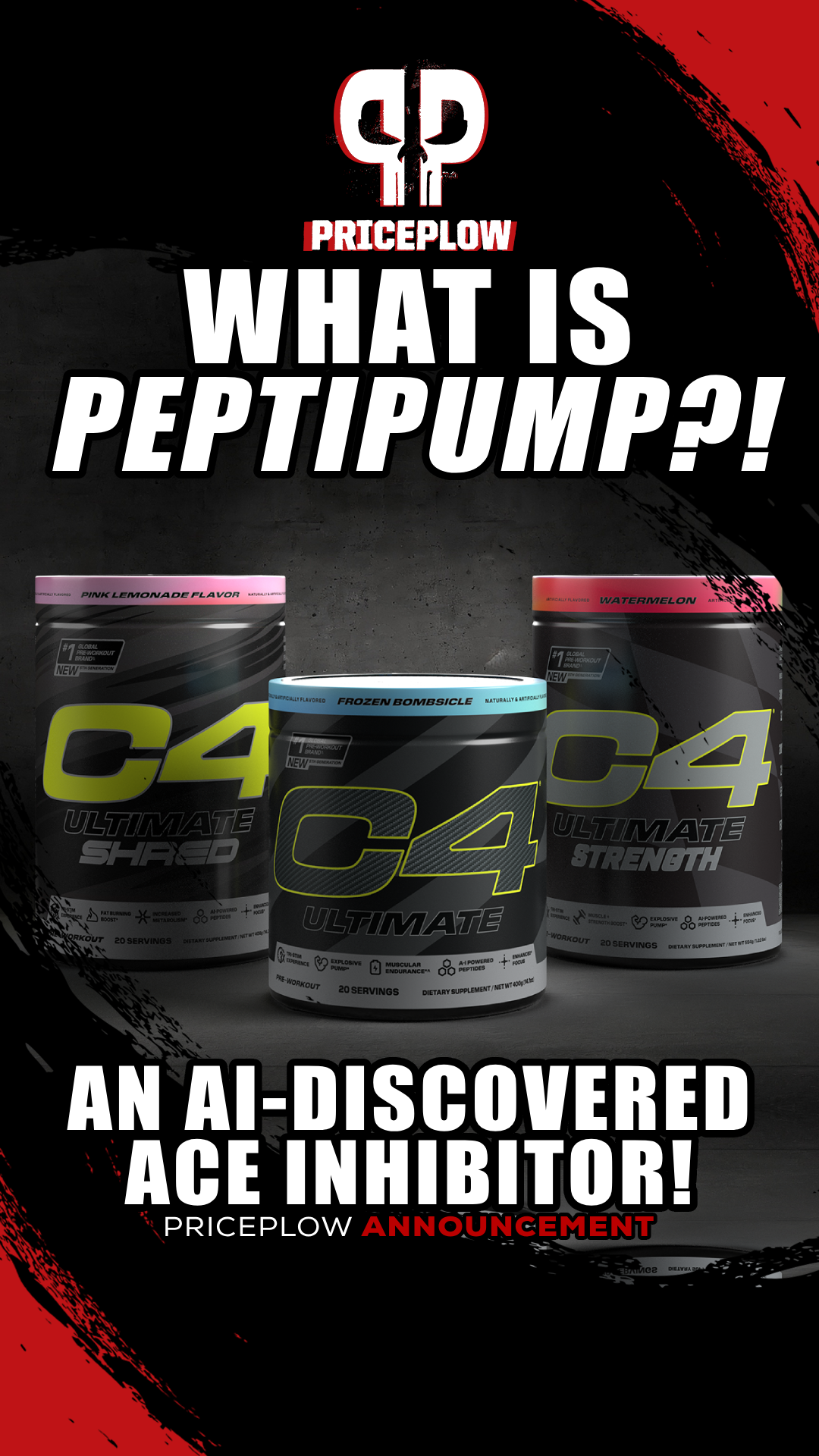
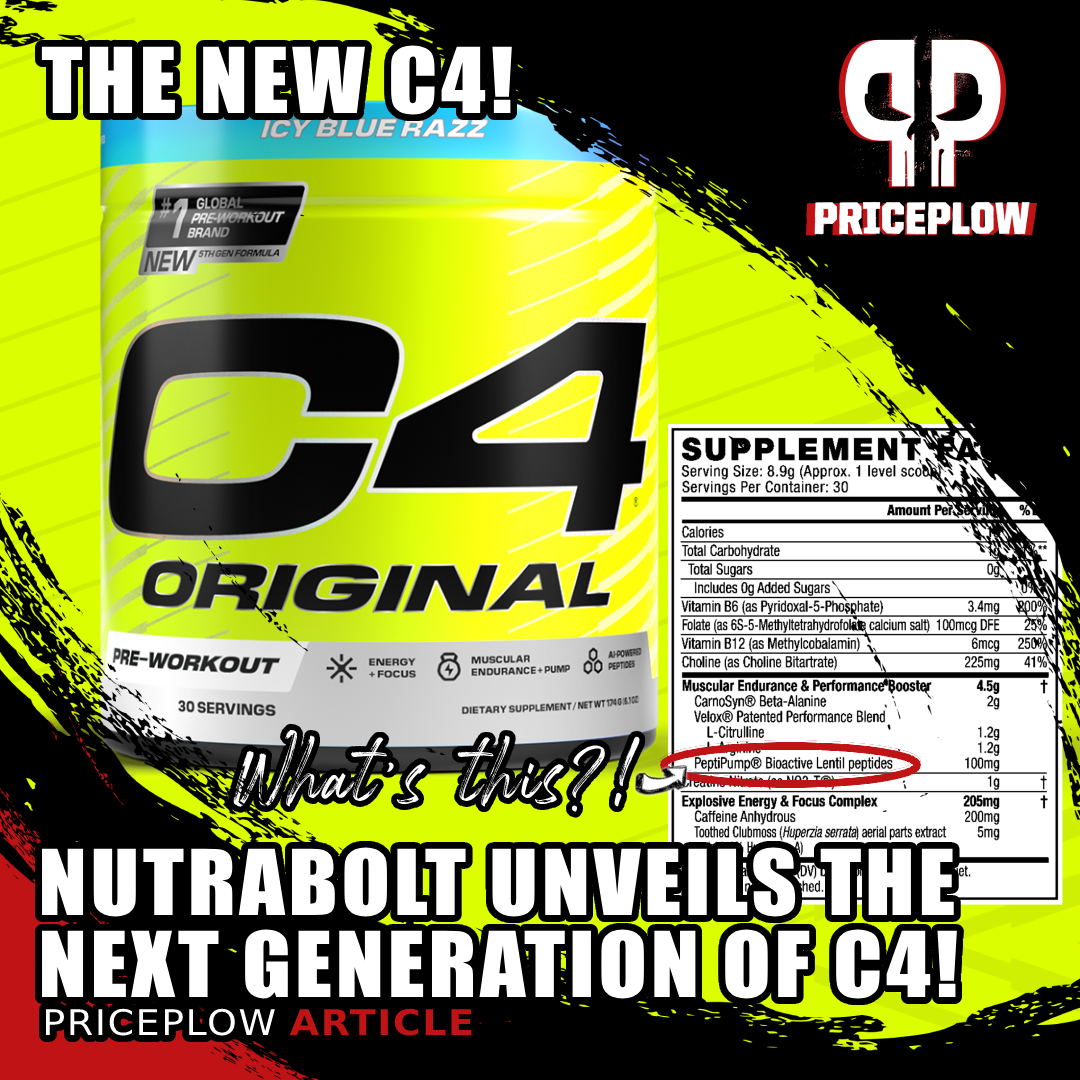
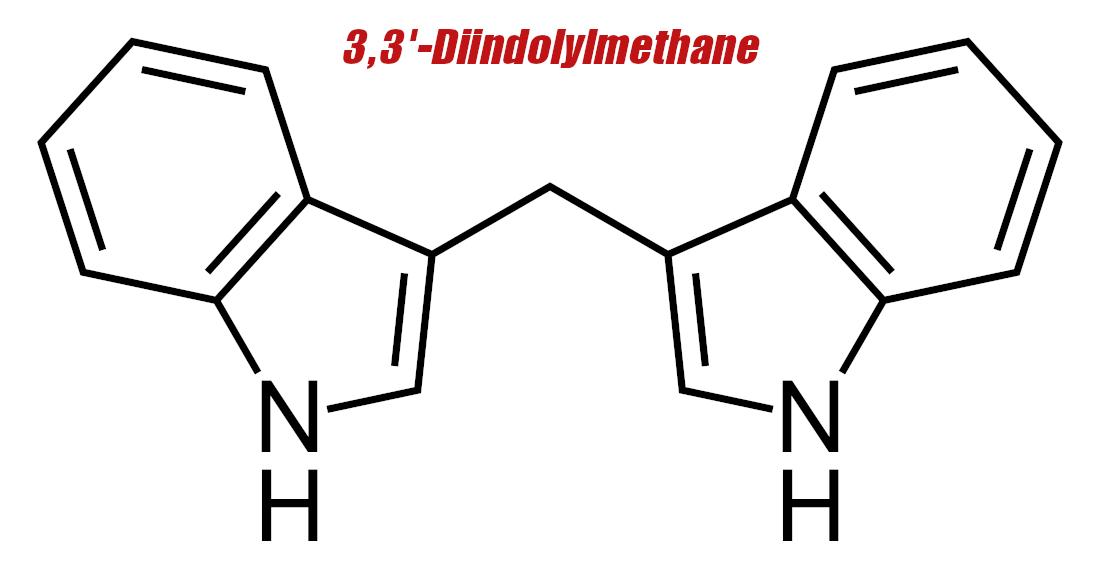
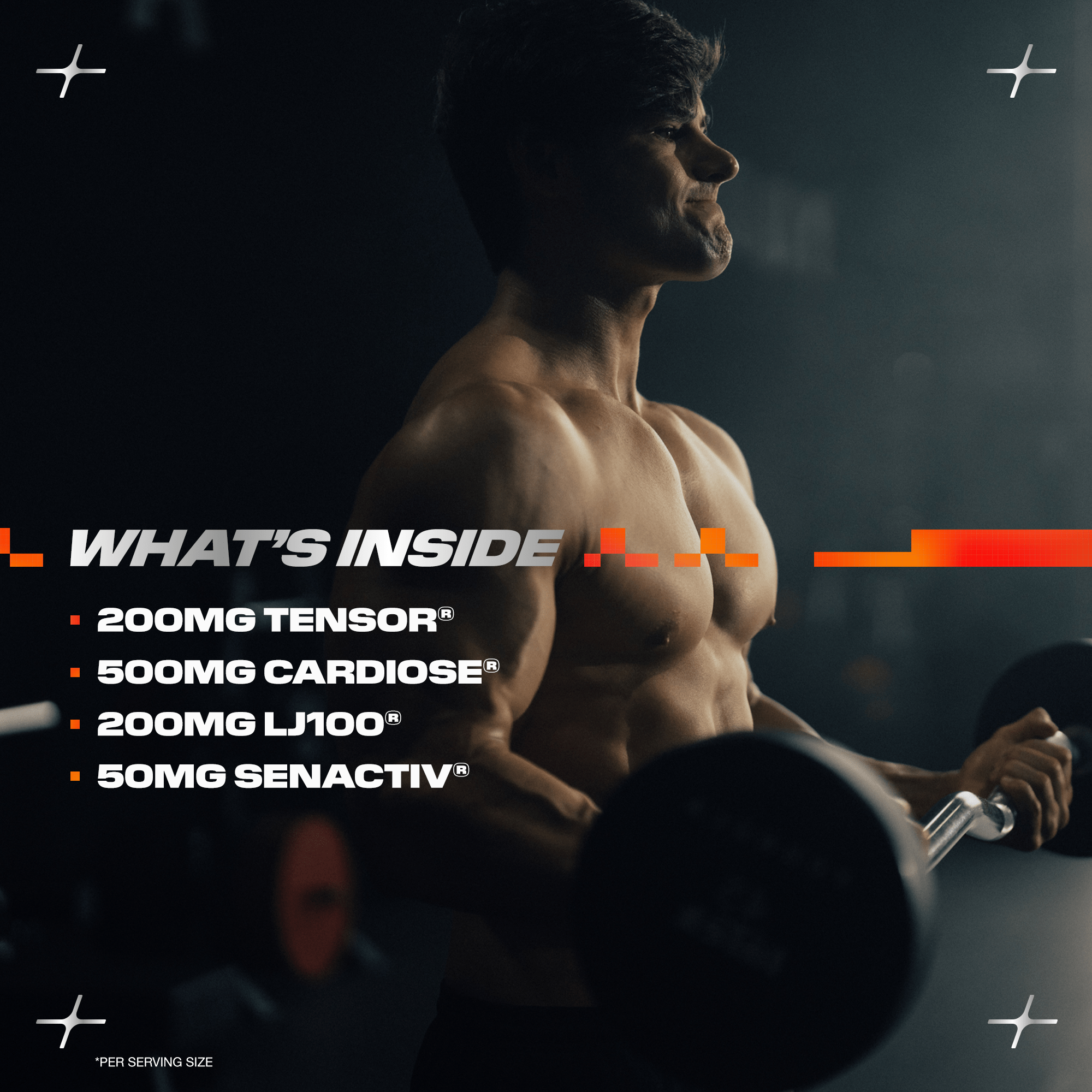
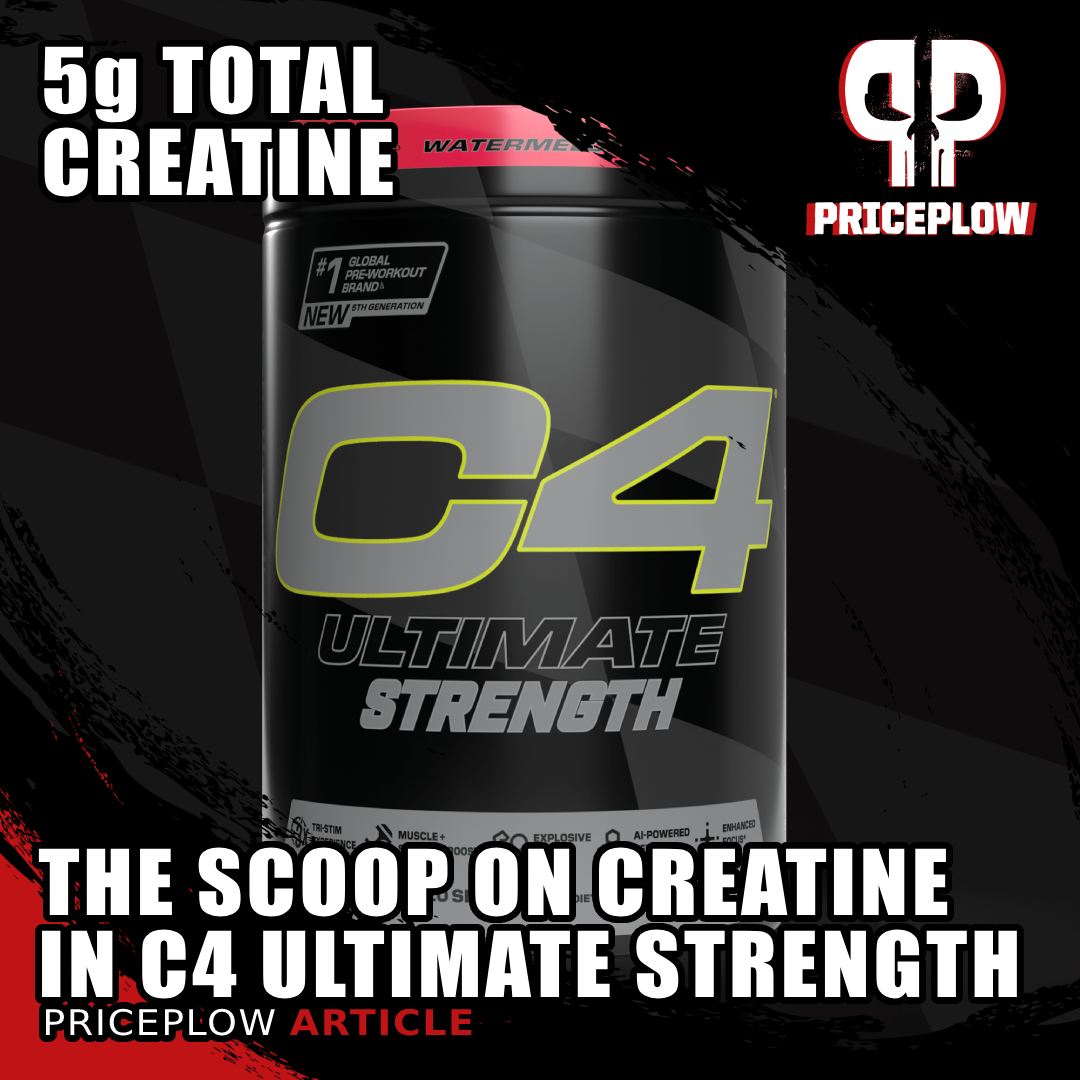
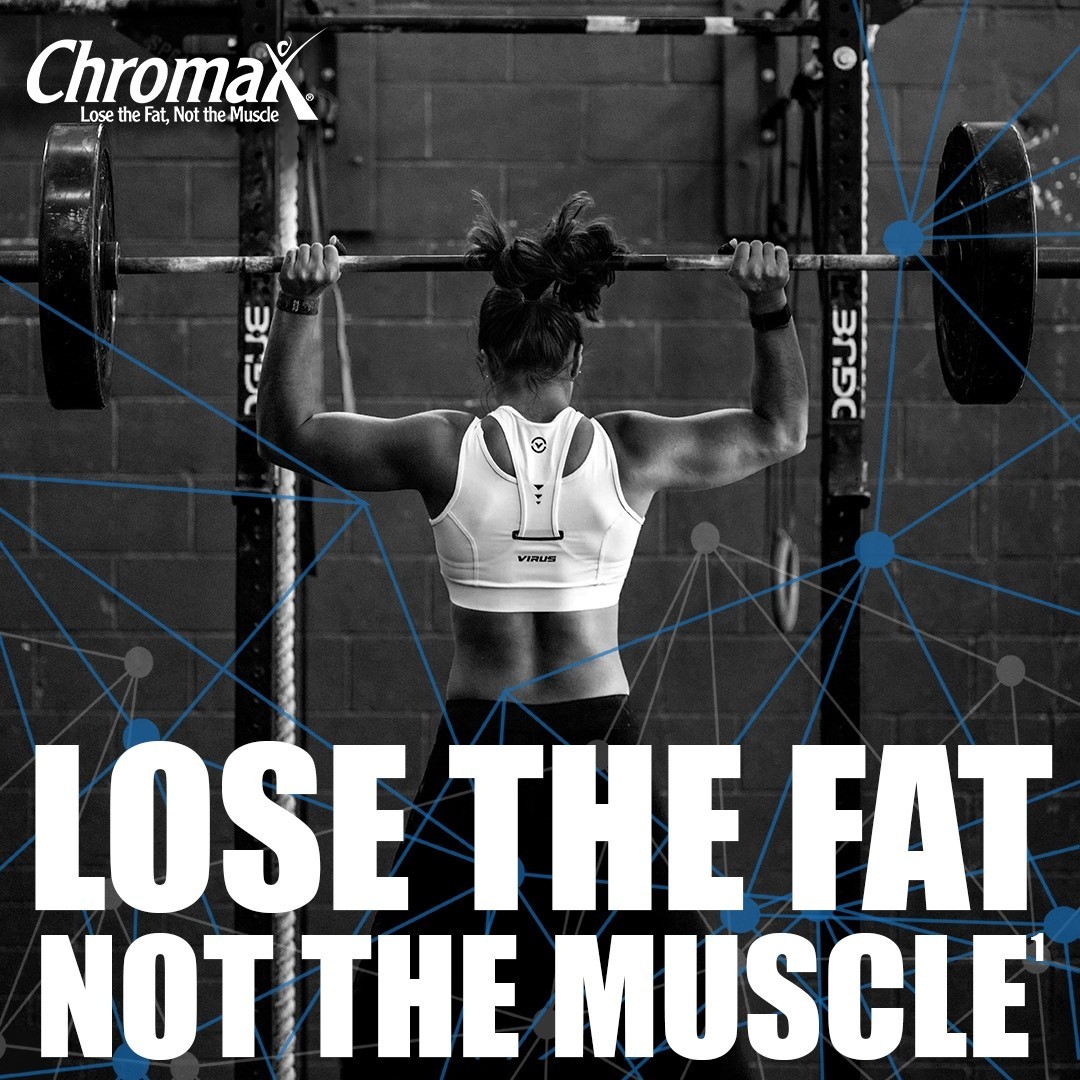
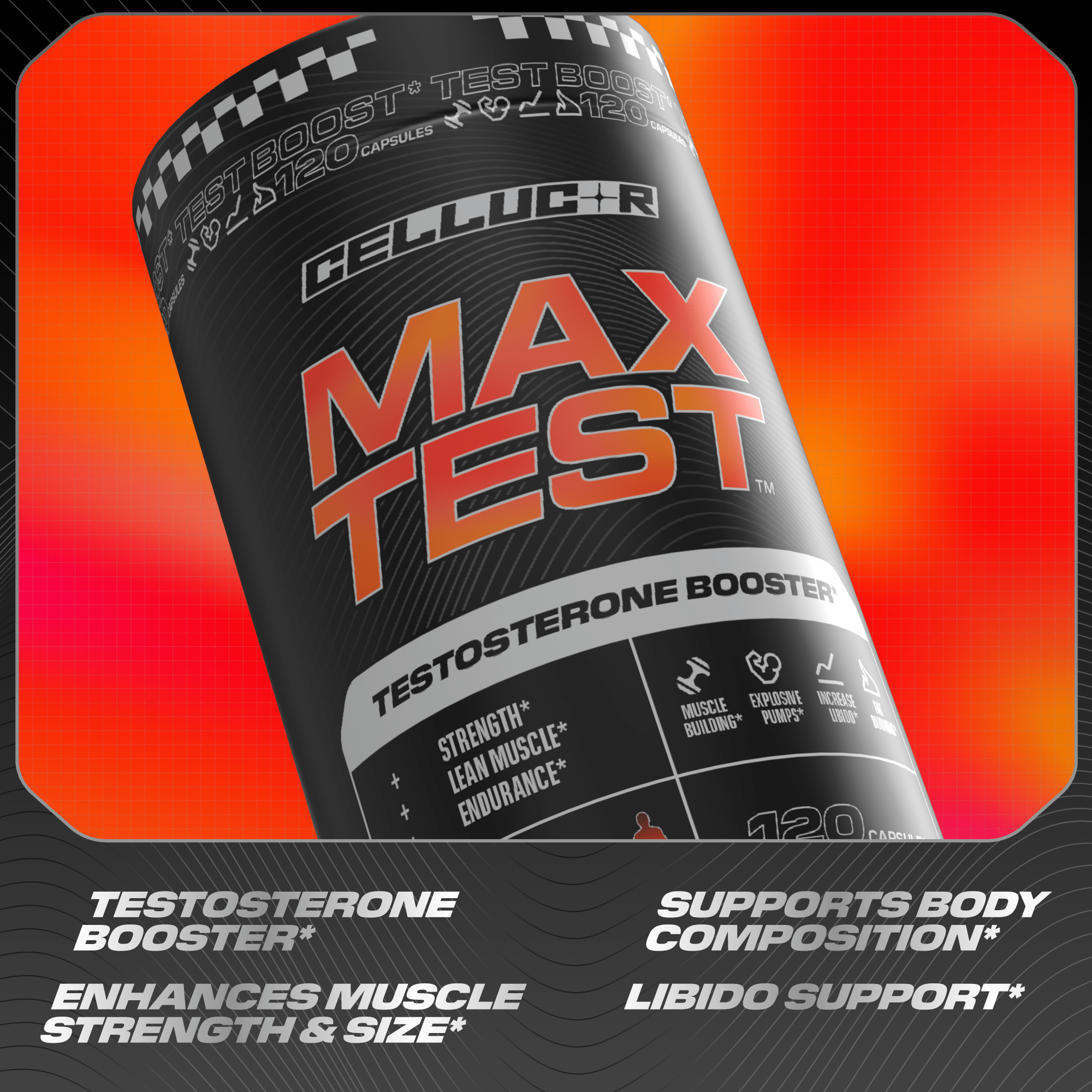


Comments and Discussion (Powered by the PricePlow Forum)